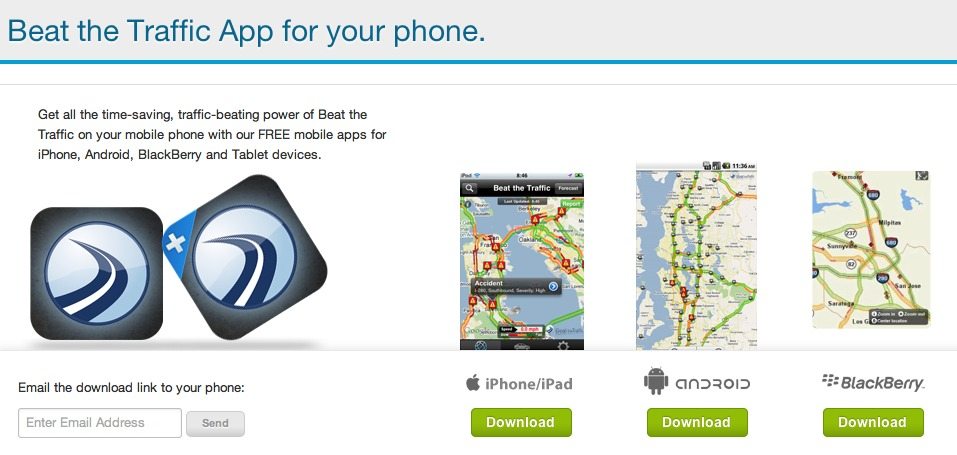In a way, for most people, a car is an investment that costs anywhere from thousands of dollars to even a million. For some, it’s a matter of luxury. For most others, it’s convenience. Everyone can benefit from making it work well though. With care, regular maintenance, and occasional sprucing up you can get more road trip miles out of that classic than you would believe.
Furthermore, every time you get out on the road, it’s a warzone. You never know what could happen next with fools, texters and drunkards out there. If you are a car owner looking to spruce up your car, think about safety too. Here are tips on how to make that happen:
Car Safety Isn’t An Option. Your Old Car Has Nothing “Safe” In It.
Most old cars came with gas-guzzling engines, looks, or pure beast appeal – at least in the U.S. Safety, per se, wasn’t much of a focus for manufacturers. Cars from the 1960s and the following years did have a few safety features built in, but as per laws in many states in the U.S., the car is just as safe as the manufacturers make it. According to Steve Linden of Newsday.com, any of those old cars that are seemingly “built like a tank” are still not safe, especially when sharing shoulder-space with the new ones on the road.
So, it’s just a matter of “looking in” and then working on getting some of the basic safety features such as safety belts, “period correct” webbing, and buckles. You might also want to check for the braking system in your old car to see if you have a single reservoir master cylinder. If so, swap it to a dual-reservoir one (it’s best if you have your mechanic do this). Finally, no matter what type of tires your car came with, switch to radials (if you haven’t done so).
Old Cars Don’t Have Bells and Whistles. Go Add Them.
One look at your old car, and then a cursory look at a new one will make you think twice about the “readiness” of your old car. New cars today come with traction control, antilock braking systems, head restraints, air bags, electronic stability control, and sometimes all-wheel drive options. New cars are also built to specifications, and each new car undergoes severe crash tests. Hw many of these extra safety features you’d like to add to your old car is totally up to you and how much your budget allows. Thankfully, though, there are plenty of ways to bring in a few of these new safety technologies to your new car.
Consumer reports did a few tests on some of those new safety features you can add to your old car. Some of those features included devices that can work like dashboard-mounted sensors, collision-detection systems, proximity-alert systems, lane-change alert systems, and many more.
Regular Maintenance Goes a Long Way to Ensure Safety
Sometimes, even without any fancy additions to your car, you can still make your car safer just by following car maintenance best practices and following a few tips. First, start with the right set of tools in your car – be it for everyday driving or hauling for the long-drives. According to Popular Mechanics, keep tools such as a LifeHammer, Kobalt Multi-drive Wrench, Smittybilt Recovery Strap, Schumacher SpeedCharge (to boost your car battery quickly), and a Leatherman Wave Multi-tool.
Then, come the tires. Car tires are vulnerable since they end up taking most abuse while on the road. Next to the braking system, the tires are the most important parts of your car since they affect your cornering, braking and stability of the car while on the road. Old cars usually have tires that are already abused.
According to NHTSA, at least 30% of cars and light trucks have at least one tire that’s under-inflated by about 8 psi or more (and merely looking at your tires won’t give you the full picture). Further, under inflation and over inflation of tires are the most common causes of tire failure. Purchase an accurate tire pressure gauge and inspect your tires at least once a month for wear, damages, overall condition of your car tires, etc. Look out for tire aging, tire defects, and make sure that you understand when to replace your tires.
Use Apps and Data
Do we have mobile apps for car safety? Sure, “there’s an app for that”. There are plenty of mobile apps for all aspects of owning and driving a car. For once, these apps don’t make the distinction between old cars and the new ones. Make use of technology and that’s the least you can do for making sure you are driving safe. iOnRoad for instance, gives you constant feedback on proximity to another vehicle in front of you (also called as headway distance). The app also alerts for speed limits while encouraging safer driving.
Another app called BACtrack helps you to check your alcohol consumption using smart phone connected breath analyzers and the app can also call a cab.
If you are looking to buy and install new seats – and if you have kids – it might make sense to use an app like Car Seat Check which gives you expert advice from AAPA (American Academy of Pediatrics) on selecting the right seat for your children and on how to install seats safely.
Car safety is a priority. Your old car needs safety just as much as any other car. Your life will depend on it.
How safe is your car? What do you do to make it safer? Pitch in your ideas in the comments below.
Author Bio: Frank Pipolo is President of FP Internet Marketing a certified Internet marketing consultant, professional marketing advisor to law firms, legal marketers, administrators and lawyers, and writer for Swope, Rodante P.A., a Tampa Florida law firm that specializes in Motorcycle Accident Lawyer. He has more than 20 years’ experience partnering with clients to build their business through development and implementation of track-proven Internet marketing strategies. Follow him on Google+.











